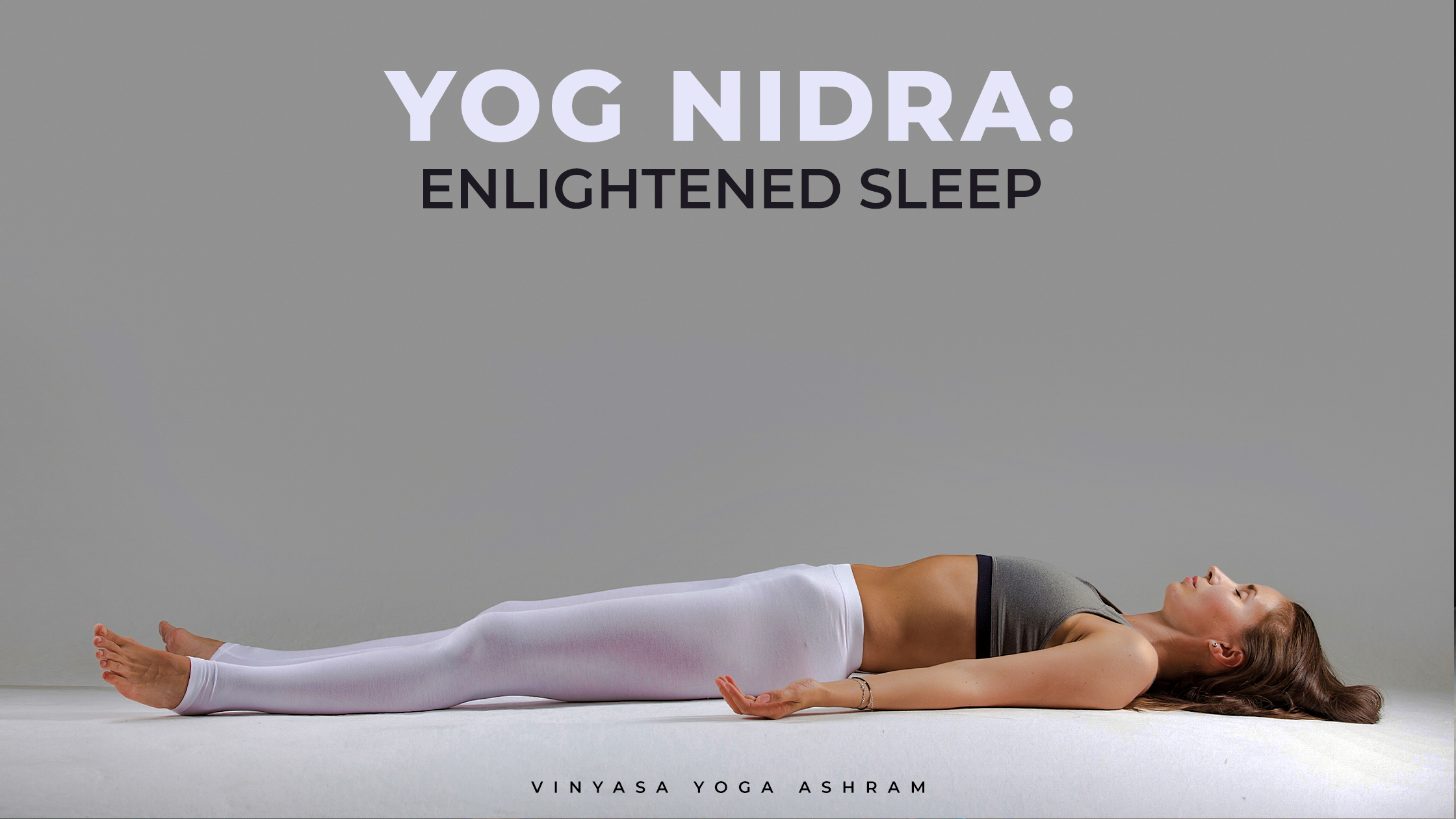
What is Yoga Nidra?
Yoga Nidra is a miraculous technique of conscious relaxation. The meaning of these two Sanskrit words-Yoga and Nidra explains a lot, yoga means union or one-pointed awareness, and Nidra means sleep. It is the practice of being completely aware while exploring the states of wakefulness and sleep. Yog Nidra is the systematic method of putting anyone into a psychological zone where physical, mental and emotional relaxation is at its peak. Hence, Yog Nidra is also called psychic sleep or inner awareness sleep.
What Happens In Yoga Nidra?
If you have ever wondered what happens by lying on the floor like a corpse for hours, then get ready to experience unbridled realizations. If you are guided by an experienced practitioner of Yoga Nidra, you can easily reach a state of deep relaxation where your outward senses are of very less importance. You may find yourself in a dimension of your consciousness that might not have been felt with long long hours of asana practice.
The state of Pratyahara- Fifth limb of Patanjali’s eightfold path of yoga, is attained which could lead to the higher states of meditation and eventually samadhi.
An Interesting Experiment With Yoga Nidra
Do you know that deep sleep is not a state of total unconsciousness? Excitingly enough, deep sleep is one of the states where awareness is at its pinnacle and fully alert to outer situations.
This experiment done by Niranjana Swami proves and shows the innate potential deep sleep holds. Swami ji met a boy at the yoga ashram who was very naughty, an absolute monkey as Niranjana Swami ji would describe him. All day long he broke things, harassed people and caused havoc in the Ashram, that’s when Swami ji decided to perform Yoga Nidra on him.
He began by chanting the 15th Chapter of the Gita, and soon enough like most of today’s generation, he too had fallen asleep. Swami ji had him read the chapter again when he woke up in the morning. After doing this for a week, the boy was able to recite the whole chapter by heart.
Upon successful completion of this experiment, Swami ji went ahead with many other texts and managed to teach him Srimad Bhagawatam, Upanishads, Bible. Koran, English, Hindi. Sanskrit, all that while he was sound asleep. Can you imagine what that boy is doing now?
That boy is 21 years old and lives in the USA. He speaks eleven languages, and writes and lectures in English yet he has never been to school. All of his learning took place within that two-year period when Niranjan Swami gave him Yoga Nidra, and the most astonishing part is that he does not even remember it.
When done correctly Yoga Nidra becomes very powerful and shows results faster than any asana practice and it can also be applied to develop memory, increase knowledge and creativity, or heal childhood traumas.
Quote
“Relaxation does not mean sleep. Relaxation means to be blissfully happy, It has no end. I call bliss absolute relaxation; Sleep is a different matter. Sleep gives only the mind a sense of relaxation. Bliss relaxes the Atma, the inner self; That is why, in tantra, Yoga Nidra is the doorway to samadhi.”
Swami Satyananda Saraswati
What are the 8 stages of Yoga Nidra?
As Yoga is an inner journey and one has to transition into many stages before being perfect in the practice of Yoga similarly to perform Yoga Nidra you would need to transition through the eight stages mentioned below:
Stage 1 | At Vinyasa Yoga Ashram we call it-Ease into the Present Moment:
This begins the process of surrender by feeling comfortable and releasing physical, mental and emotional tension. A pre-pranayama practice called breath awareness can be introduced here to increase the awareness of the self. Once reached a calm and zen state of mind, the practitioner can start moving from external awareness to internal awareness, also known as Pratyahara.
Stage 2 |Sankalpa: The Sanskrit word for Intention:
Once you have reached the state of complete inner awareness, you are ready to tap into the power of Intentions. Now, these are not normal random thoughts, this can be a word, a short statement coming from your heart’s deepest longing. In this state, we are reminded to mentally repeat this Sankalpa or Intention. Giving an intention to the conscious movement energy can result in reshaping our long-held bad habits and even our childhood traumas. After transforming Sankalpa, it’s time to move on to the third stage.
Stage 3 |Body Consciousness: Being Conscious of Your Immortality
Take your awareness to each and every part of the body. It can be useful to have a well-versed yoga teacher to give you instructions in the beginning. It is an imperative stage to be totally aware of your body because only when you are connected with each part, you can surrender or let go in the later stages of Yoga Nidra.
Stage 4 |Transitioning To Deeper Awareness: Breath and Energy
Pre-pranayama practices help in perfecting this state as it requires you to be completely aware of your breath. In this stage of Yoga Nidra, you don’t want to miss any inhalation and exhalation. To make this breathing practice easier, you can add counting in the phrase: “I am aware that I am breathing in, I am aware that I am breathing out-21, 20, and so on.” This will transcend your body and mind into deeper relaxation to follow the stages of this yogic sleep practice.
Stage 5 |Dissolving Your Tools of Perception- No more outside world
Separation from the experience of the five senses (Pratyahara) with complete awareness of body and breath will drop you into a dimension that you never experienced before. In Stage five of Yoga Nidra you may discover new and different sensations or emotions but you have to stay very neutral and observe them without any judgment or emotional reaction. This will result in strong willpower and allow you to emotionally relax at your own will.
Stage 6 |Visualization:
Mastering stage five with the help of a traditional Yoga Nidra teacher, You may enter the stage of total mental relaxation and start using the brain’s most vital tool-Imagination. We create a world of our own, at this point you can think about any desire, your perfect world and feel you have reached there. This practice takes to the stage where you can let go and surrender as your mind starts to believe that you have reached there and achieved what you desired the most in this materialistic realm. Hence, you can choose to let go of your worldly desires and be ready to surrender.
Stage 7 |Surrender Like Shavasana- There Is No You
This is one of the most important, yet most difficult stages to master in the practice of Yoga Nidra. Dropping yourself into the unknown like you are dead but actively dead. The most difficult yoga asana is this, Shavasana. In this stage, you let go of everything and surrender, while keeping your mind active and focused. This is also the stage where most fall asleep and it is completely fine as it allows your subconscious mind to be active, as you learned from the Swami Nirajana’s experiment mentioned above.
Stage 8 |Externalization:
So far, you have learned how to enter and reach the different stages of Yoga Nidra, this final stage is knowing how to come out of the Yoga Nidra. As one must know how to enter a yoga posture and get out of it, similarly it is important to know how to get out of Yoga Nidra. Hastening to move out of Yoga Nidra might lead to a disoriented and confused state of mind. This can be easily done by bringing your awareness back to your breath, body, room location and eventually to your external environment. Awaken yourself fully from the yoga Nidra by slow movement of your limbs and ultimately sit up in a comfortable meditative seated posture.
We hope you liked reading about Yoga Nidra, it is an underrated practice of yoga. We often give importance to asana or reaching higher levels of meditation. However, this yoga practice is a much easier and more efficient way to experience a deeper level of existence. Try this practice and do let us know if it helped you or if you need any guidance on the same.
Be a certified yoga teacher by enrolling for our upcoming yoga teacher training in Rishikesh. Explore for 100 Hour Yoga Teacher Training Rishikesh, 200 Hour Yoga Teacher Training Rishikesh, 300 Hour Yoga Teacher Training Rishikesh, 500 Hour Teacher Training Rishikesh
Frequently Asked Question on Yoga Nidra
Largely anyone can be in Yoga Nidra, except someone with a severe physical and psychological ailment.
Yes, you can. However, in the beginning, you may forget the essential steps or skip a few stages by falling asleep. A solution to that is using audio or an instructor to guide you through the yoga nidra process.
Yes, as long as you feel comfortable and relaxed in your bed.
This practice can be done any time of the day. However, it is advisable to not do it right after a meal.
Sleep has its own place in the modern world but from the yogi’s perspective, Yoga Nidra is the only way to relax and rejuvenate the body.
It can be, when guided by an expert Yoga teacher, it can become therapeutic and healing practice.
Vinyasa Yoga Ashram is open to answering any further questions about this yoga practice.
Recent Posts
- Yoga Teacher Training
- Living Yoga Philosophy Daily
- The Impact of Yoga on Sleep Quality and Insomnia
- Corporate World in Yogic Way
- Yoga rooted in Harmony with Nature
- Yoga and Mindfulness: Cultivating Presence On and Off the Mat
- Yogasana: The Inner Journey from Exercise to Yoga
- Marichyasana : Embrace the Twist
- Breathing: Path to Unfold a Meditative State
- Janu Shirshasana: Benefits, Step-by-Step Guide, and Precautions

